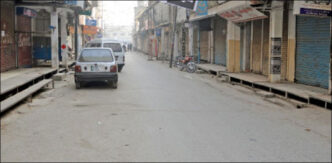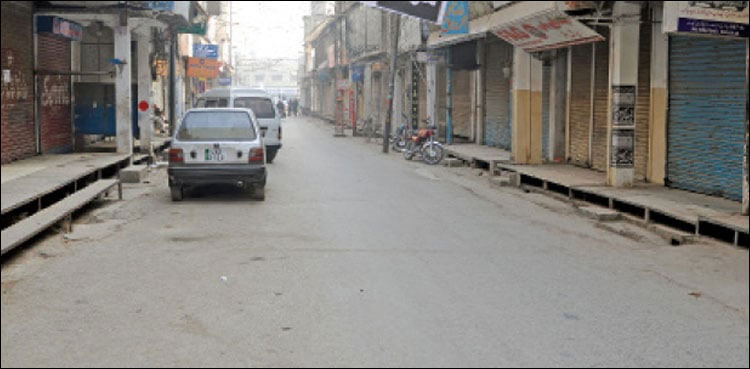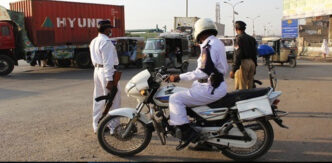Massive Security Deployment in Azad Kashmir Ahead of Planned Strike
MUZZAFFARABAD, AZAD KASHMIR – Authorities have ordered the deployment of 567 platoons of reserve police across Azad Jammu and Kashmir (AJK) to maintain law and order during a strike called by the Awami Action Committee (AAC) on September 29, 2025. The move has sparked condemnation from activists who decry it as an authoritarian response to peaceful protests .
📊 Deployment Details by District
The platoons are strategically stationed across all 10 districts of AJK, with the highest concentrations in:
Muzaffarabad: 86 platoons
Rawalakot: 77 platoons
Mirpur: 76 platoons
Bagh: 62 platoons
Neelum: 43 platoons
Jhelum Valley: 44 platoons
Sudhnoti: 55 platoons
Haveli: 31 platoons
Kotli: 41 platoons
Bhimber: 50 platoons
⚖️ Context of the Awami Action Committee Strike
Protest Demands:
The AAC, a coalition of grassroots activists, has mobilized thousands since 2023 around issues including unaffordable electricity bills, food insecurity, and elite privileges .
Their 38-point Charter of Demands includes abolishing legislative seats for Kashmiri refugees in Pakistan, free education/healthcare, and an international airport .
Government Response:
The AJK government previously withdrew a presidential ordinance banning peaceful protests after public pressure in December 2024 .
Despite a Rs. 23 billion federal allocation in 2024 to address demands, implementation has been partial, fueling renewed protests .
🚨 Activists Condemn “Authoritarian Repression”
AJK activist Amjad Ayub Mirza called the deployment “a declaration of war against the people,” noting that over 30,000 police personnel (with 17,000 in reserve) are mobilized to suppress dissent .
Critics argue the state is using intimidation instead of dialogue, highlighting a pattern of repression against rights-based movements in AJK and Gilgit-Baltistan .
🔍 Broader Political Implications
Regional Solidarity:
The AAC has forged ties with similar movements in Gilgit-Baltistan, where leader Ehsan Ali was arrested under anti-terrorism laws for organizing protests .
State Strategy:
The deployment aligns with Pakistan’s broader use of security forces to quell dissent, as seen in the nationwide army deployment during Muharram .
International Scrutiny:
Mirza urged the international community to recognize “authoritarian repression” in AJK , though Pakistan frames the deployment as necessary for stability .
💎 Conclusion
The unprecedented security deployment in Azad Kashmir reflects the government’s heightened anxiety over the AAC’s growing influence. While officials justify it as a measure to prevent violence, activists see it as an attempt to criminalize peaceful dissent. The standoff underscores a deepening crisis of governance in AJK, where demands for economic justice and democratic reform continue to challenge the status quo. The September 29 strike will test whether state force can suppress a movement rooted in widespread public frustration.







